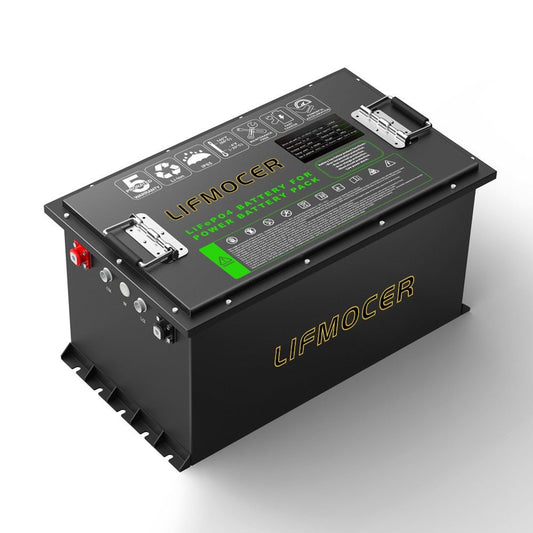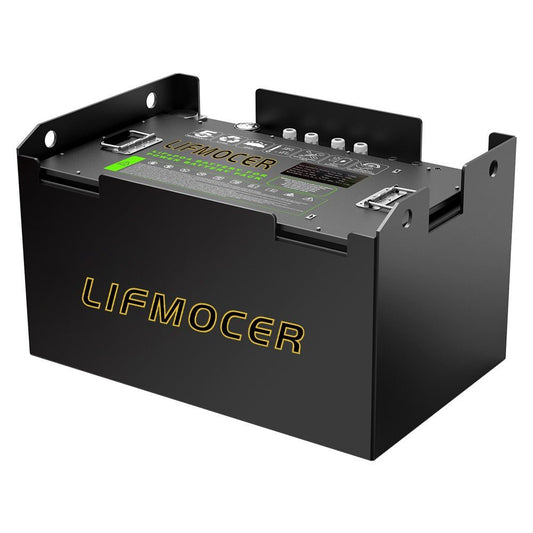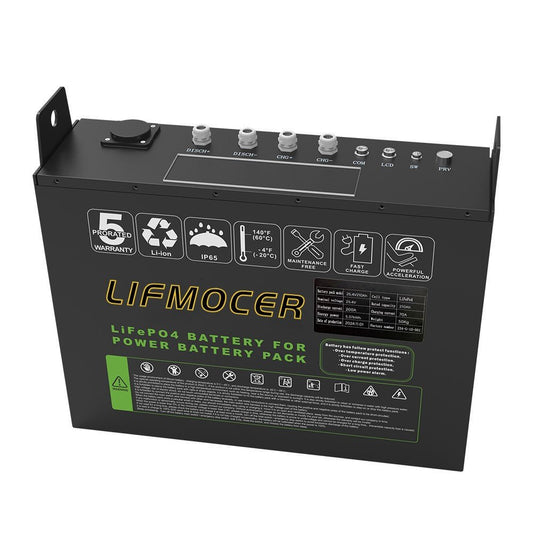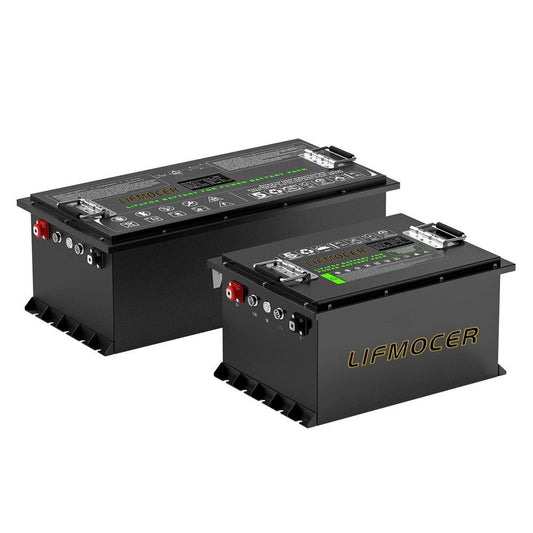How to Jump Start a Car with a Lithium Ion Jump Starter | Complete Usage Guide
Still worried about your car running out of power? The lithium ion jump starter subverts the traditional jump-starting mode and can instantly "resurrect" your broken car without relying on other vehicles. This palm-sized but powerful artifact is the "golden partner" of modern car owners' emergency equipment. Compared with bulky lead-acid batteries that have the risk of leakage, lithium batteries stand out with lightweight design, intelligent safety protection and convenient operation. This article will dismantle the entire process of its efficient use, analyze the precautions for safe operation, and deeply analyze how this investment has become a cost-effective choice to protect travel safety.
What are Lithium Ion Jump Starters?
A lithium-ion car jump starter, also known as a portable jump starter or car battery booster, is a small and lightweight mobile power supply device. It can independently complete a quick start after the vehicle is exhausted, without the need to jump-start another vehicle. Such products are generally equipped with a complete safety protection system, including reverse polarity protection, anti-spark technology, and intelligent sensing devices, which can effectively avoid the risks caused by improper operation.
This type of lithium jump starter has multiple functions. It can not only quickly activate a low-power car battery, but also serve as a USB power bank to meet the charging needs of mobile phones, tablets and other electronic products. At the same time, it can also provide lighting in emergency situations. Some Lithium ion jump starter with air compressor facilitate the problem of low tire pressure. These practical functions make it an essential tool for in-vehicle emergency and outdoor travel.
Steps to Jump Start a Car with a Lithium Ion Jump Starter
Follow these essential steps for a safe and effective jump-start. Always consult your device's manual before starting.
- Ensure the jump starter is fully charged. Most units come with indicator lights that show the battery status.
- Connect the red clamp to the positive terminal (+) of the car battery.
- Attach the black clamp to the negative terminal (–) or a metal ground point away from the battery.
- Turn on the jump starter and wait for the indicator to show readiness, then start the engine.
- Once the car is running, disconnect the clamps in reverse order and recharge the jump starters if needed.

Comparison: Lithium vs Lead-Acid Jump Starters
Traditional lead-acid jump starters have been around for decades, but lithium-powered units are quickly taking their place. Understanding the key differences can help you choose the right tool for your vehicle’s needs.
| Feature | Lithium Ion | Lead-Acid |
|---|---|---|
| Weight | Light (1–3 lbs) | Heavy (10–20 lbs) |
| Maintenance | Minimal | Requires regular checks |
| Cycle Life | 1000+ cycles | 300–500 cycles |
In addition, Lithium battery car jump starters tend to charge faster, operate in wider temperature ranges, and can often be recharged via USB or solar panels. These advantages make them a better choice for both everyday drivers and off-road adventurers.
Safety Tips and Maintenance
Safe operation and proper maintenance are essential when using lithium-ion jump starters. When connecting the car battery, always ensure that the clamps remain separated at all times to prevent sparks from accidental touch, causing safety hazards or equipment damage. Keep children away from the scene during the entire operation to avoid danger caused by accidental touch.
For daily maintenance, it is recommended to place the rechargeable jump starter in a cool and dry environment at room temperature, away from sunlight exposure or contact with humid air to prevent battery performance damage. Even if it is idle for a long time, it needs to be charged every 3 to 6 months to maintain battery activity and ensure that it is available at any time in an emergency. After each use, the clamp should be wiped with a dry cloth in time to remove residual stains, and the device should be stored in a special protective box to extend its service life and provide reliable protection for the next emergency.
FAQs About Lithium Ion Jump Starters
Can I use a lithium ion jump starter on a diesel truck?
Yes, provided the jump starter supports the required peak current. Larger engines need devices with higher cranking amps, so always check the compatibility before use.
How long does a lithium jump starter hold charge?
Typically, they retain charge for 6 to 12 months, but it’s best to top them off every 90 days to ensure peak performance when needed.
What other features do portable jump starters have?
Besides jump-starting, many models include USB ports, SOS flashlights, tire inflators, and smart screens that display voltage levels. These features make them useful even outside emergency situations.
Final Thoughts
Whether you call it a lithium car starter, jump box, or emergency battery pack, this tool can be a literal lifesaver when you're stuck with a dead battery. Its compact size, safety features, and added utilities make it far superior to traditional models. Don’t wait until your car refuses to start—invest in a quality portable lithium ion jump starter and be ready for the unexpected.
You May Need
LIFMOCER 48V 315Ah LiFePO4 Forklift Lithium Battery
- $2,599.99 USD
$3,099.99 USD- $2,599.99 USD
- Unit price
- / per
LIFMOCER Electric Forklift Lithium Battery 24V 280AH
- $1,499.99 USD
$2,299.99 USD- $1,499.99 USD
- Unit price
- / per
LIFMOCER 96V 210Ah LiFePO4 Golf Cart Rechargeable Batteries
- $2,699.99 USD
$3,599.99 USD- $2,699.99 USD
- Unit price
- / per
LIFMOCER 96V 315Ah Lithium Golf Cart Battery Deep Cycle
- $2,899.99 USD
$4,099.99 USD- $2,899.99 USD
- Unit price
- / per
LIFMOCER 72V 210Ah Golf Cart Lithium Batteries
- $2,499.99 USD
$3,199.99 USD- $2,499.99 USD
- Unit price
- / per















